

Flames engulf American planes at the naval air station during the Japanese attack on Pearl Harbor on the morning of December 7, 1941. (NATIONAL ARCHIVES)

American troops scan the skies for enemy attackers as the battleship California burns during the attack on Pearl Harbor. (NATIONAL ARCHIVES)
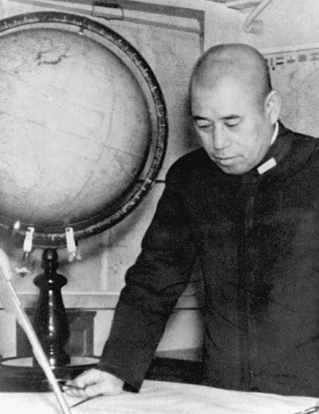
Admiral Isoroku Yamamoto, the architect of the attack on Pearl Harbor, had studied at Harvard and understood American resilience. His number one fear was an American strike against Tokyo, the home of the emperor. (NATIONAL ARCHIVES)
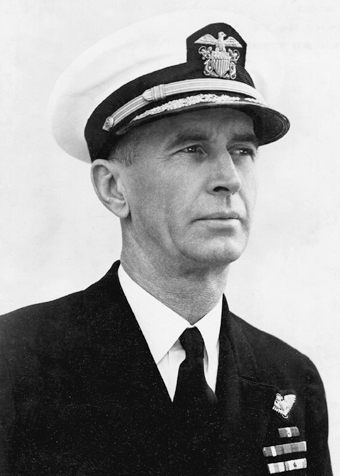
In response to President Franklin Roosevelt’s demand that America strike back against Japan, Admiral Ernest King, U.S. Fleet commander, encouraged his subordinates to develop a plan for a carrier raid against Tokyo. (NATIONAL ARCHIVES)
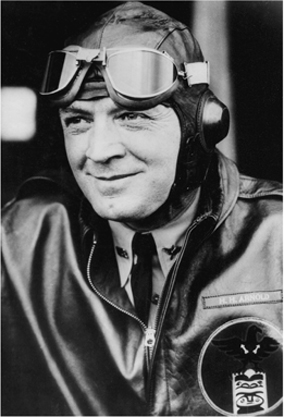
Lieutenant Colonel Jimmy Doolittle, a famed racing and stunt pilot, was a pioneer in American aviation. (NATIONAL MUSEUM OF THE U.S. AIR FORCE)
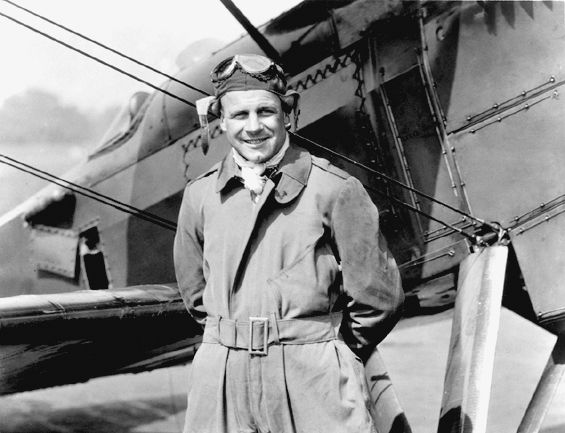
Lieutenant General Henry “Hap” Arnold, chief of the U.S. Army Air Forces who had learned to fly from the Wright brothers, tapped his staff troubleshooter Jimmy Doolittle to plan the raid, which would involve flying Army bombers off a Navy carrier. (NATIONAL ARCHIVES)

Vice Admiral William “Bull” Halsey Jr. commanded the Navy’s task force of sixteen warships and ten thousand men. (NATIONAL ARCHIVES)
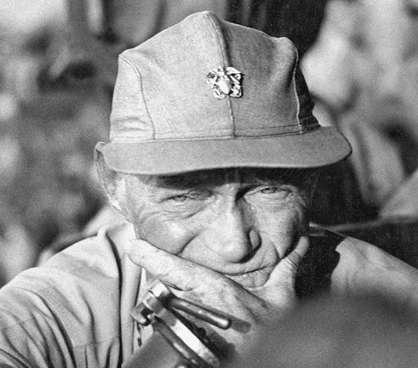
Captain Marc Mitscher served as the skipper of the Hornet, the 19,800-ton flattop that carried Jimmy Doolittle and his raiders to Japan. (NATIONAL ARCHIVES)

Sailors look on as sixteen Army B-25 bombers, tied down and with wheels chocked, crowd the deck of the carrier Hornet en route to bomb Japan. (NATIONAL ARCHIVES)
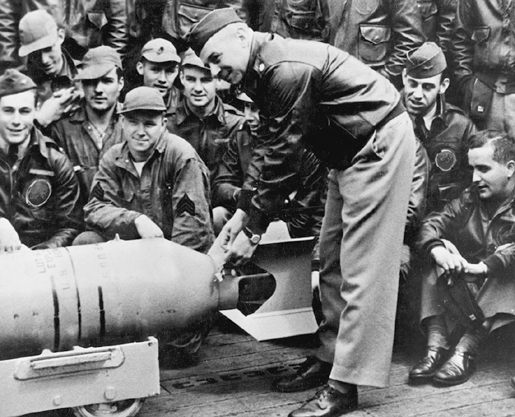
A smiling Jimmy Doolittle, surrounded by his raiders, fastens a Japanese medal to the fin of a 500-pound bomb in a ceremony on the Hornet’s deck on the eve of the raid. (NATIONAL ARCHIVES)
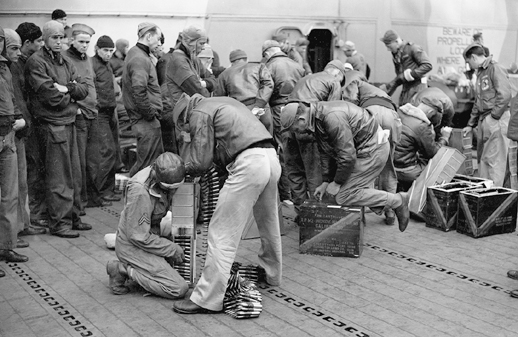
Army airmen on the deck of the Hornet hustle to load ammunition in advance of the raid. Each plane carried four bombs to drop on Japan, as well as .30- and .50-caliber machine guns for defense against Japanese fighters. (NATIONAL ARCHIVES)

The task force encountered a string of Japanese picket boats early in the morning of April 18, 1942, including this one, which was destroyed by a combination of gunfire and attacks from American planes. (NATIONAL ARCHIVES)
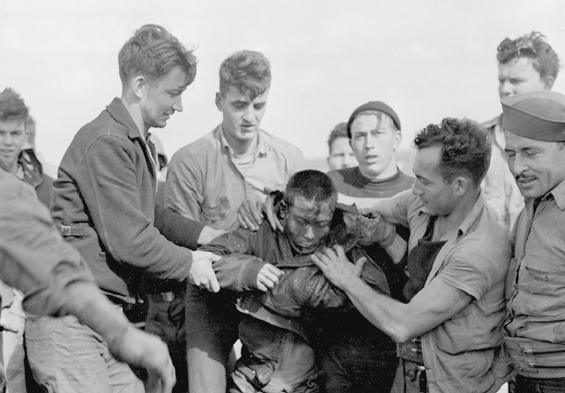
Nashville sailors hold up an exhausted Japanese prisoner of war, rescued from one of the destroyed picket boats. (NATIONAL ARCHIVES)

One of the sixteen B-25s races its engines in preparation for takeoff for the raid against Tokyo. Heavy winds and fierce seas sent waves over the bow of the towering carrier. (NATIONAL ARCHIVES)

Sailors throughout the task force cheered as each bomber lifted off from the Hornet’s flight deck. (NATIONAL ARCHIVES)
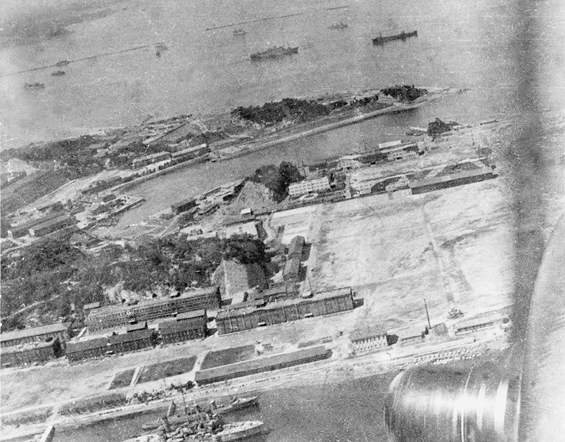
This photograph of the Yokosuka naval base, shot from one of the bombers, is one of the few images of the raid to have survived. (NATIONAL ARCHIVES)

A Japanese official stands in a crater more than six feet deep and almost forty-three feet wide, surrounded by the debris of a destroyed wooden factory building in the Tokyo area. The attack by pilot Dean Hallmark not only leveled the structure but also blew out the windows of the adjacent building. (NATIONAL INSTITUTE FOR DEFENSE STUDIES)
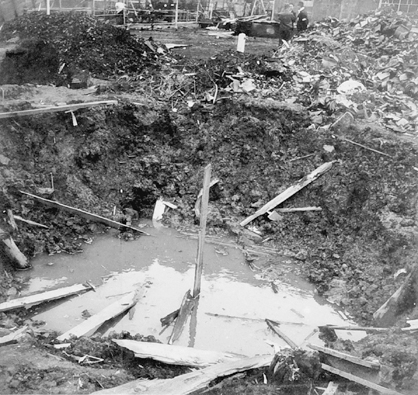
This bomb crater near an Asahi Electrical Manufacturing Corporation factory in the Tokyo area measured more than fifteen feet wide and almost ten feet deep. (NATIONAL INSTITUTE FOR DEFENSE STUDIES)

The attack led by pilot Travis Hoover, in the second bomber to leave the Hornet, destroyed this Tokyo-area home, killing one person. (NATIONAL INSTITUTE FOR DEFENSE STUDIES)

Lieutenant General Joseph Stilwell, pictured here with Generalissimo Chiang Kai-shek, struggled with his disdain for the Chinese leader. (NATIONAL ARCHIVES)

Local Chinese survey the wreckage of Doolittle’s B-25 after the raid on Japan. (NATIONAL MUSEUM OF THE U.S. AIR FORCE)

Locals carry some of the raiders in sedan chairs, one of the many forms of native transportation the airmen depended on in China, including rickshaws and miniature ponies. (NATIONAL ARCHIVES)
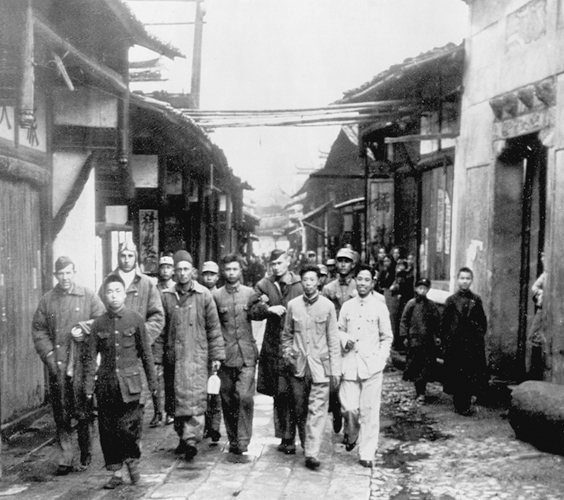
Chinese soldiers escorting the crew of the fifteenth bomber, including, from left, Herb Macia, Jack Sims, Jacob Eierman, and Jack Hilger. (NATIONAL ARCHIVES)

Pilot Ted Lawson was badly injured in the crash of the Ruptured Duck in the surf along the Chinese coast, leading to the amputation of his left leg by mission doctor Thomas White. (AIR FORCE HISTORICAL RESEARCH AGENCY)
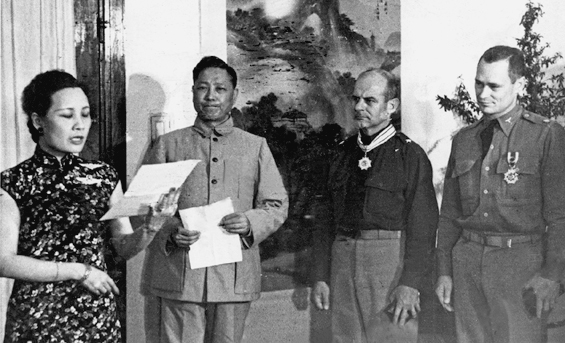
Jimmy Doolittle and his second-in-command, Major Jack Hilger, listen to Madame Chiang Kai-shek after she presented them with medals in Chungking following the raid on Japan. (NATIONAL ARCHIVES)

President Franklin Roosevelt presents Jimmy Doolittle with the Medal of Honor at the White House on May 19, 1942, as Lieutenant General Henry Arnold, Joe Doolittle, and General George Marshall watch. (NATIONAL ARCHIVES)
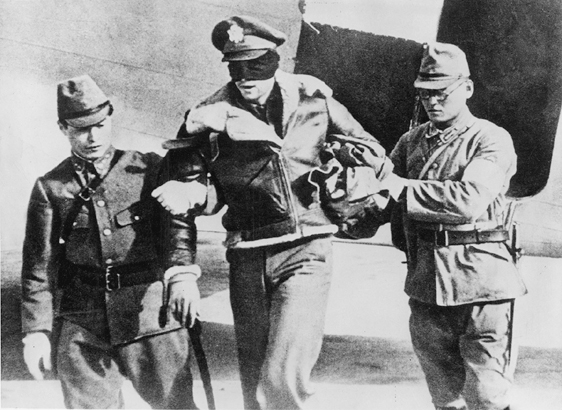
Blindfolded by his captors, pilot Bobby Hite is led from a Japanese transport plane. He would spend forty months in captivity. (U.S. AIR FORCE MUSEUM)
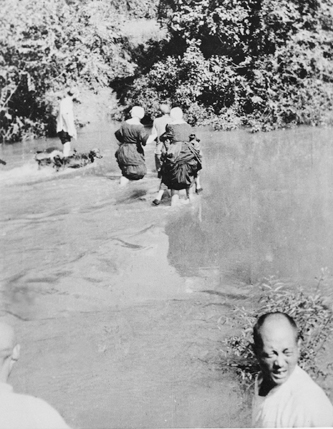
Missionary priests and Sisters of Charity ford a stream in their flight from the Japanese following the Doolittle raid. (DEPAUL UNIVERSITY)

The Japanese reduced the town of Ying-tan to little more than rubble in the wake of the Doolittle raid. (DEPAUL UNIVERSITY)
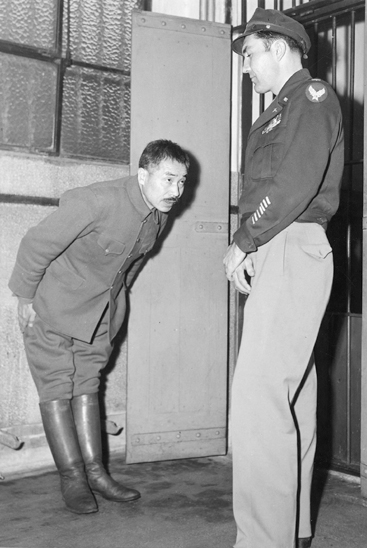
Warden of Kiangwan Military Prison, Sotojiro Tatsuda, bows to Chase Nielsen during the war crimes trials in Shanghai in 1946 for those accused of executing some of the Doolittle raiders. (NATIONAL MUSEUM OF THE U.S. AIR FORCE)